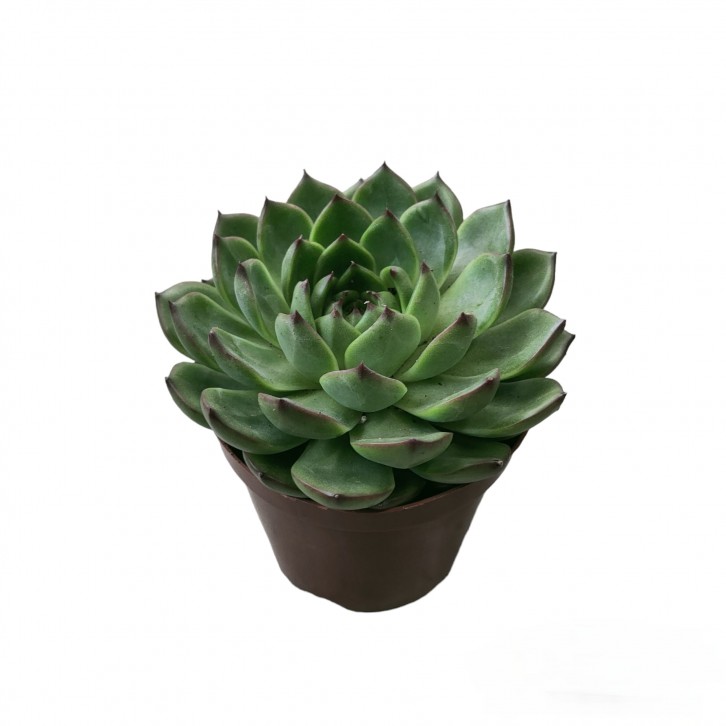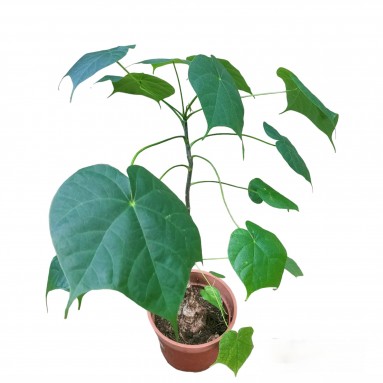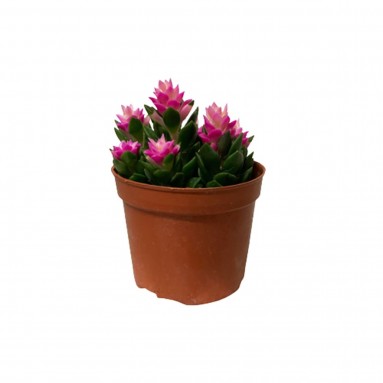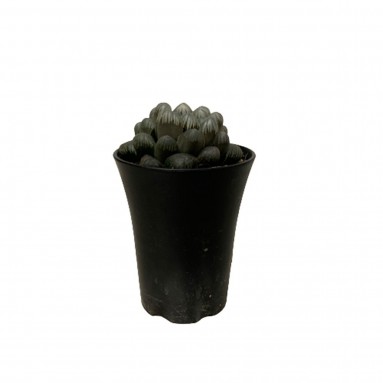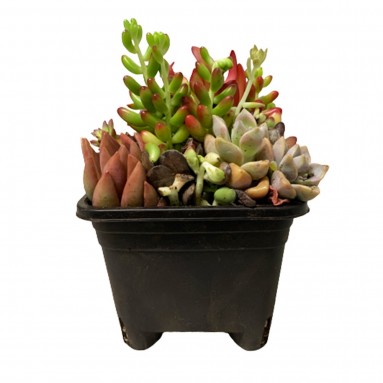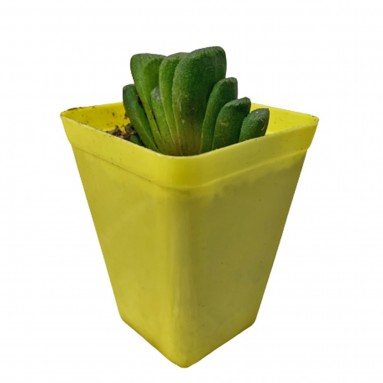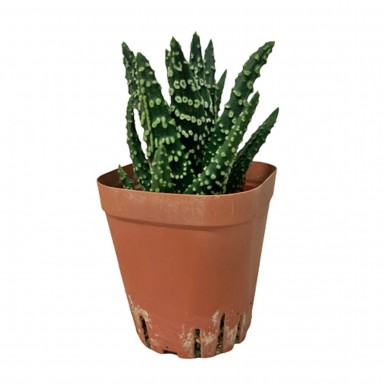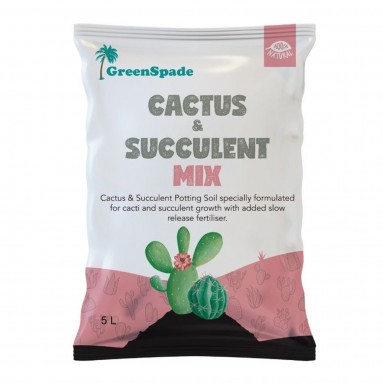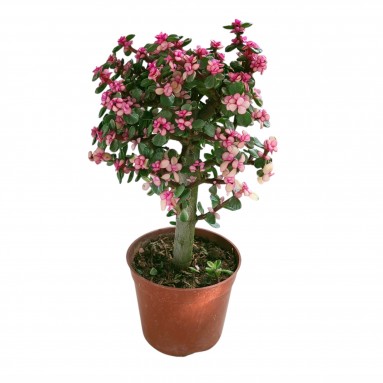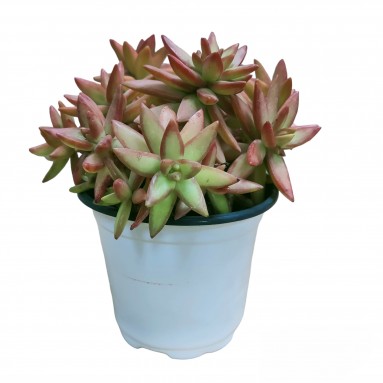Echeveria Agavoides Lipstick 口红
$12.00
incl. GST
Ship in 2 days
- The actual plant may differ as each pot has its own unique natural look and although look identical but never 100% similar to the image pictured here.
- Flowers/Fruits are seasonal and plants may not be with flowers/fruits at the time of order/delivery.
- Overall Height was measured from the bottom of the pot to the tallest point of the plant vertically.
PRODUCT MEASUREMENT
- Plant Overall Height APPROXIMATELY:-
- 13cm for POT SIZE 10cm(Ø)
GENERAL INFORMATION
- Echeveria is a genus of succulent plants native to Mexico and Central America, known for their stunning rosette-shaped foliage.
- They come in a wide range of colors, including shades of green, blue, pink, purple, and even variegated varieties.
- Echeveria plants have thick, fleshy leaves that are often arranged in a rosette formation, giving them a compact and visually appealing look.
- The leaves can have various textures, from smooth and glossy to powdery or covered in fine hairs.
- These succulents are known for their ability to change color, with some varieties exhibiting vibrant hues during different seasons or in response to sunlight exposure.
- Echeveria plants produce tall, slender stems that bear clusters of bell-shaped flowers in colors like yellow, orange, red, or pink.
- They are relatively small plants, ranging from a few inches to about a foot (7.5 to 30 cm) in height, making them suitable for both indoor and outdoor cultivation.
- Echeveria plants are popular choices for succulent arrangements, rock gardens, container gardening, and as indoor houseplants.
- They prefer well-draining soil and thrive in bright, indirect sunlight, although they can tolerate some shade.
- Echeveria plants are drought-tolerant and should be watered sparingly, allowing the soil to dry out between waterings to prevent root rot.
- They are low-maintenance plants that are generally easy to care for and can withstand neglect to some extent.
- Echeveria plants are beloved for their sculptural and architectural qualities, making them highly sought after by succulent enthusiasts and collectors.
SOIL REQUIREMENT
- Echeveria plants prefer well-draining soil.
- Use a cactus or succulent potting mix, which provides good drainage.
- The soil should not retain excessive moisture to prevent root rot.
- Adding perlite or coarse sand to the soil mix can improve drainage.
SHOP MORE > SOIL & PLANTING MEDIA
FEEDING/FERTILIZER REQUIREMENT
- Echeveria plants require minimal fertilization.
- Use a balanced, water-soluble fertilizer formulated for succulents or cacti.
- Apply the fertilizer sparingly, following the package instructions.
- Fertilize only during the growing season (spring and summer).
LIGHT REQUIREMENT
- Echeveria plants thrive in bright, indirect light.
- They can tolerate some direct sunlight, especially in the morning or late afternoon.
- Avoid intense midday sunlight, as it can scorch the leaves.
- Provide some shade during the hottest part of the day, if needed.
WATER REQUIREMENT
- Echeveria plants have low to moderate water requirements.
- Allow the soil to dry out completely between waterings.
- Water deeply and thoroughly, then let the soil dry partially before watering again.
- Reduce watering during the dormant period or cooler months.
